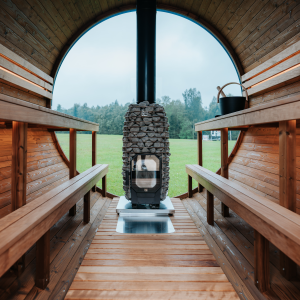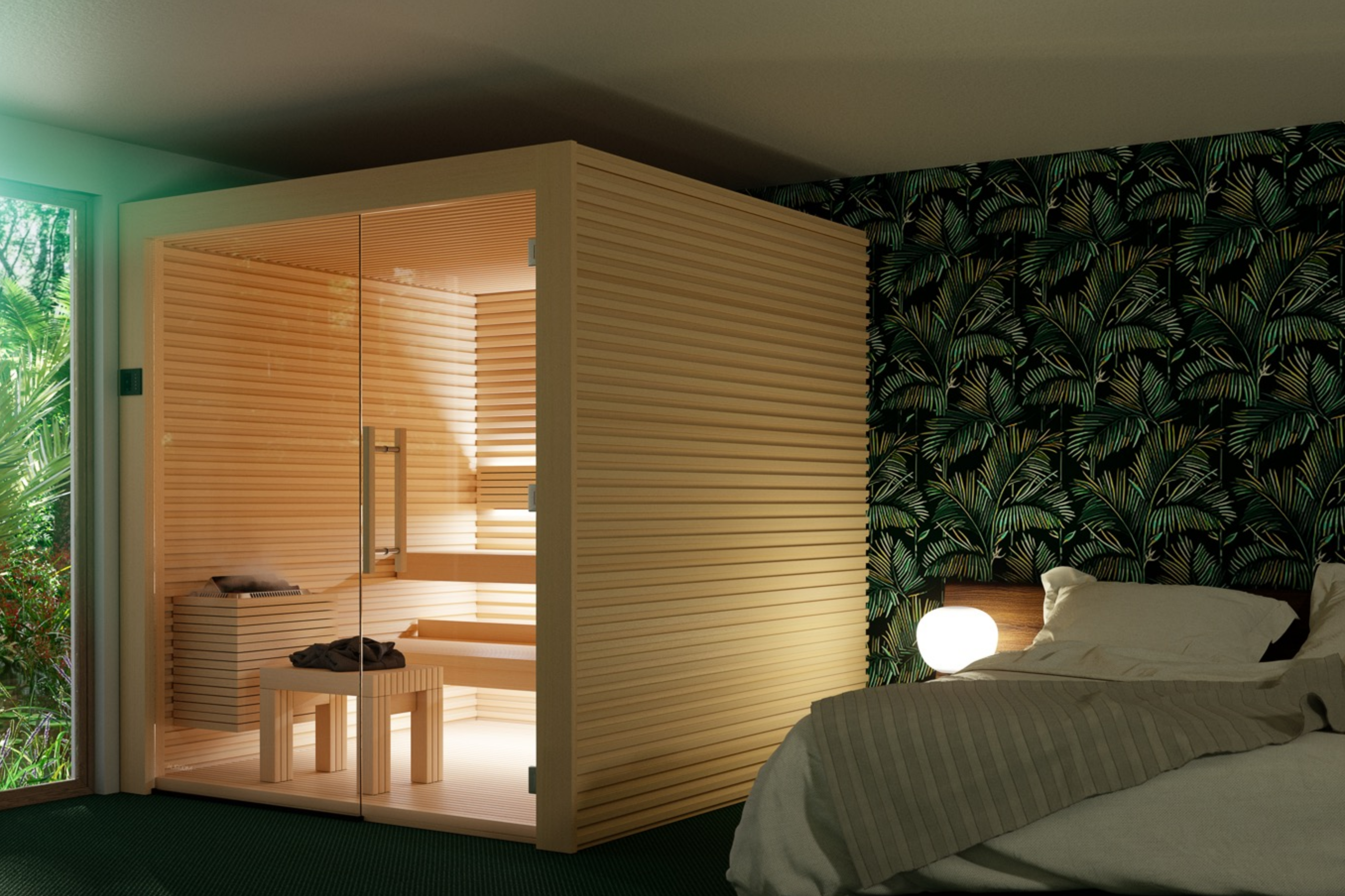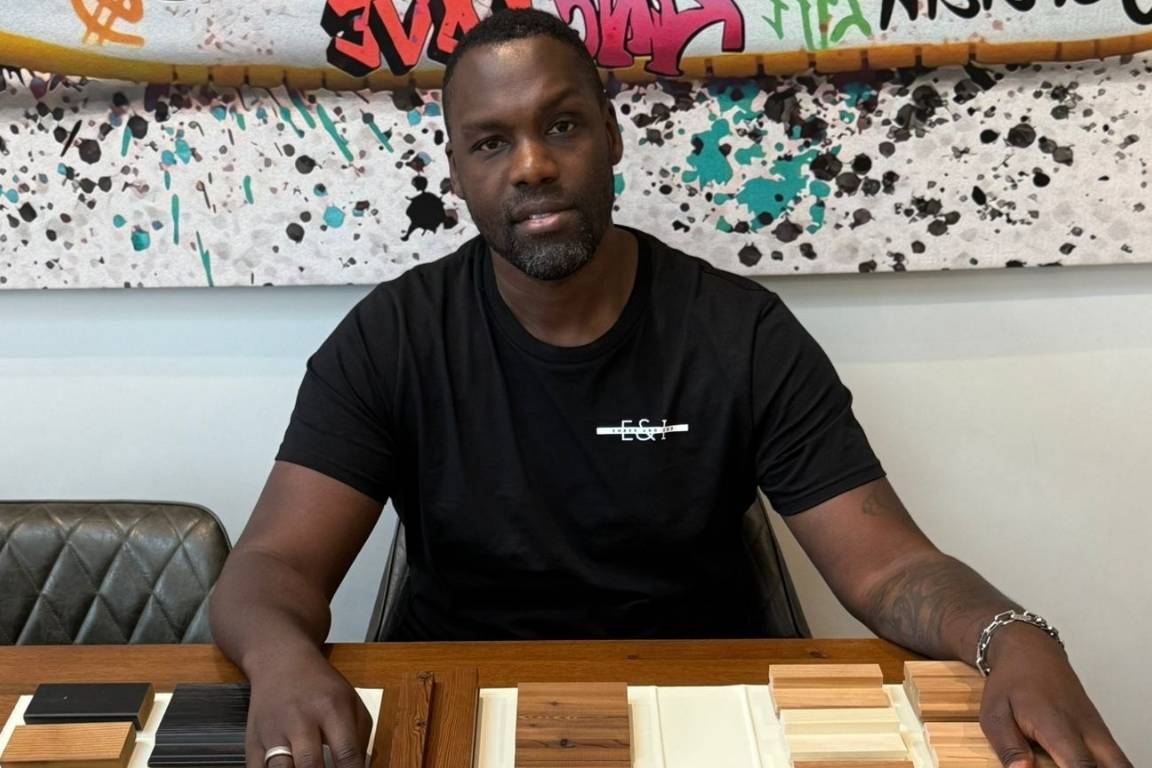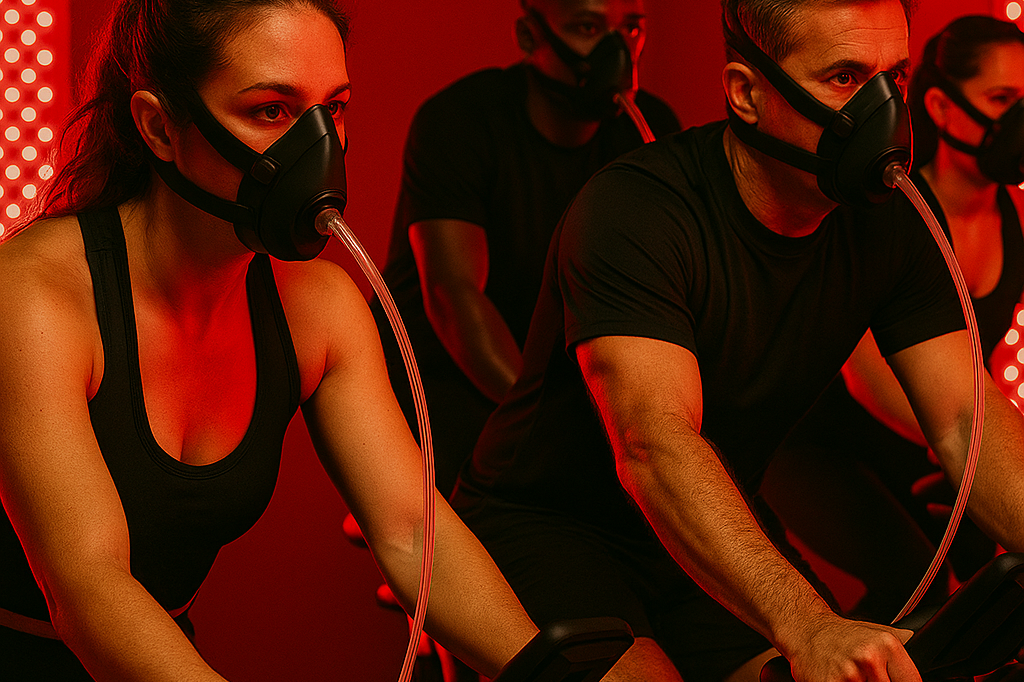The Science of Thermoregulation: Contrast Therapy Protocols for Growth Hormone, Fat Loss, and Mental Health
By Ember and Ice Wellness
Thermoregulation: the body’s ability to maintain core temperature within a narrow, safe range—is one of the most powerful levers we have for performance, recovery, and mental resilience. By strategically alternating between heat and cold, contrast therapy taps into deep circuits that control hormonal output, fat metabolism, and neuroplasticity.
Recent reviews in Cell highlight how temperature stress is not just a survival mechanism, but a tunable stimulus for healthspan and human optimisation (Cell, 2021; Cell Metabolism, 2022). Below we map the science, the protocols, and the boundaries—when cold helps, and when it harms.
Hormonal Pulses: Growth Hormone and Heat Exposure
Thermal stress in a sauna or hot environment stimulates the hypothalamic–pituitary axis. Multiple studies demonstrate 2–5× increases in growth hormone (GH) following sauna use, particularly with repeated bouts separated by cooling periods. Growth hormone is essential for tissue repair, lean mass preservation, and fat mobilisation.
Protocol: 2–3 sauna sessions per week, 15–20 minutes each, at 80–95°C with recovery intervals in between.
Mechanism: Heat stress triggers GH release via hypothalamic stimulation and lactate accumulation, which together increase GH pulse amplitude (Cell Metab, 2022).
Cold Stress and Fat Loss Pathways
Cold immersion activates brown adipose tissue (BAT), which consumes glucose and fatty acids to generate heat (non-shivering thermogenesis). Over time, BAT recruitment and mitochondrial biogenesis increase energy expenditure and improve insulin sensitivity.
Protocol: 2–5 cold immersions weekly, 1–3 minutes at 10–15°C, particularly after resistance training.
Mechanism: Norepinephrine release from sympathetic nerves activates β-adrenergic receptors in BAT, leading to uncoupling protein 1 (UCP1)–mediated thermogenesis.
Mental Health and Stress Resilience
Both heat and cold trigger acute stress responses, increasing norepinephrine and dopamine. These neuromodulators enhance mood, motivation, and focus. Repeated exposure reshapes neural circuits for stress tolerance, reducing baseline anxiety and supporting resilience.
Heat stress increases BDNF (brain-derived neurotrophic factor), supporting plasticity and mood regulation.
Cold exposure boosts dopamine tone, with effects lasting hours after immersion (Cell, 2021).
When Cold Becomes Damaging
The benefits of cold immersion are dose-dependent. Below certain thresholds, cold is neurodamaging:
Peripheral tissues: Prolonged exposure below 5°C risks frostbite and necrosis.
Nervous system: Extremely cold conditions (<0°C direct contact, or prolonged full-body immersion <5°C) impair nerve conduction and can cause neuropathy.
Cognitive risk: Severe hypothermia (<35°C core temperature) reduces cerebral perfusion and can cause lasting neurocognitive damage.
Safe practice means short duration, controlled temperatures, and immediate rewarming.
Circuits for Heating Up: The Preoptic Area (POA)
At the centre of thermoregulation lies the preoptic area (POA) of the hypothalamus, which integrates temperature signals from the skin and core. The POA coordinates autonomic outputs:
Activating sweat glands to cool.
Constricting or dilating blood vessels.
Driving shivering or non-shivering thermogenesis.
Signals from the POA also generate behavioural drives a primal urge to leave a hot sauna, or to seek warmth after immersion. This is survival biology in action.
Becoming a “Better Sweater”
Sweating is trainable. Repeated sauna use increases sweat rate, lowers the threshold for sweat onset, and improves sweat distribution. This adaptation enhances cooling efficiency, cardiovascular conditioning, and recovery. Athletes who heat-adapt not only tolerate higher loads but also regulate temperature more effectively in performance environments.
Adaptation Window: 7–14 days of consistent heat exposure.
Result: Faster sweating onset, reduced electrolyte loss, and improved heat resilience.
Practical Contrast Therapy Protocol
A simple, evidence-backed routine for fat loss, hormone optimisation, and mental clarity:
Heat: 15–20 minutes at 80–95°C.
Cool down: 2–3 minutes immersion at 10–15°C.
Repeat: 2–3 cycles.
Frequency: 2–4 times weekly.
This protocol balances anabolic hormonal signalling, metabolic activation, and neurochemical reset, while avoiding the risks of overexposure.
Key Takeaway
Thermal stress is one of the most accessible, science-backed tools for biohacking. By respecting thresholds leveraging the Cell-mapped circuits of the POA, endocrine pulses, and BAT activation contrast therapy becomes more than recovery. It becomes a blueprint for growth, fat loss, and resilience.
“Wellness proven by science, refined by Ember and Ice.”
Ready to explore biohacking for yourself?Speak with our wellness specialist
today and discover how to integrate biohacking into your life or business.
Instagram: @Emberandicewellness
Related Posts
November 17, 2025
Sauna Buyers Guide: What Do We Mean By A “Premium Insulated Sauna”?
What is a premium insulated sauna? Explore materials, energy savings, heat…
October 30, 2025
The Story Behind Ember & Ice Wellness | Nordic-Inspired Wellness Design
Discover how Ember & Ice Wellness was founded by Chris Wainwright-Park, a…
October 22, 2025
The Future of Recovery: How Science-Backed Wellness Is Redefining Human Performance
Discover how Ember and Ice is shaping the future of science-backed wellness…





[…] Hybrid systems that combine traditional heat and infrared for layered benefits. […]